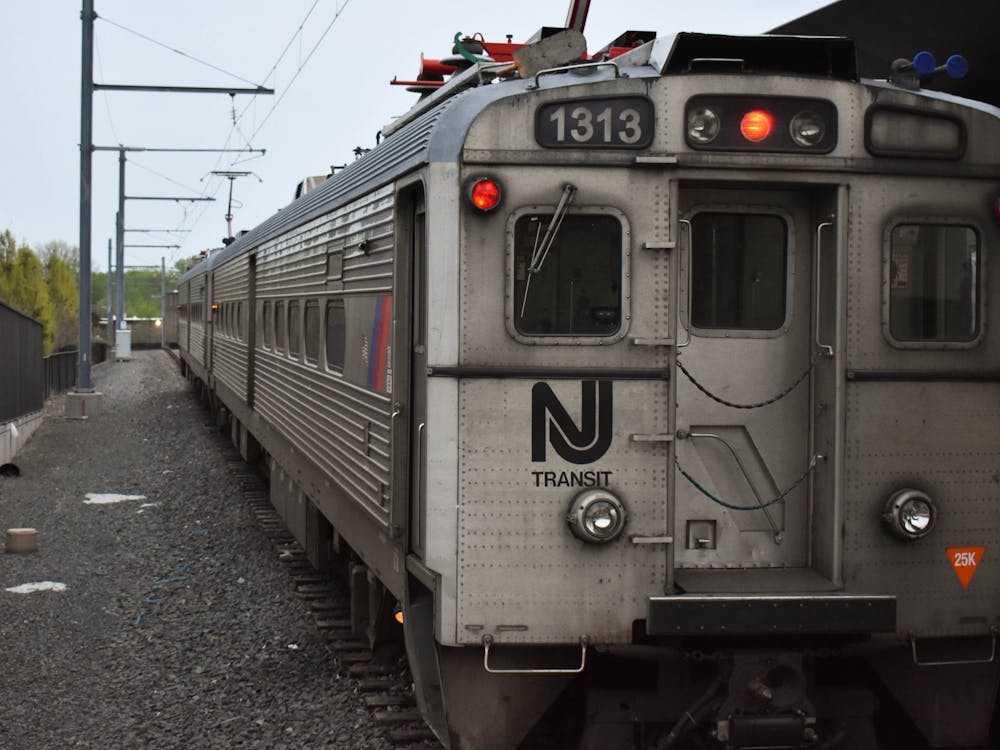As noted in this paper, the Carl A. Fields Center for Equality and Cultural Understanding is planning to take its place — psychologically — among Princeton's Prospect Avenue eating clubs, in the former Elm Club. Its current location on Prospect, immediately across from Cloister Inn, has been deemed too far away from the center of campus activity, at least on Thursday and Saturday nights. This planned eastward move of no more than fifty feet exemplifies this administration's inconsistent strategy to foster a more cohesive campus community.
The center's mission, we recognize, has never been more sorely needed by a campus that maintains an exlusive and socially stratified reputation. We need an institution to "acknowledge, celebrate and promote the diverse experiences that each member of Princeton University brings to the community," as well as to "support students of color." When the decision was made to change the name of the "Third World Center," the focus of Fields Center was implicitly broadened not only to include outreach to minority students, but also to foster "collaboration among and between student groups and campus departments." As such, the Fields Center is meant to be a University-wide cultural resource, not weekend competition with or an alternative to the social clubs next door. Because of the administration's decision on eating club financial aid, finances should no longer serve as an impediment to joining an eating club. If minority students, however, are uncomfortable with the social life provided by the eating clubs, like many of their white peers (a fact that is rarely acknowledged), the Fields Center is not the best way to address this deeper question.
The location of the center is emphatically not what has prevented it from fully realizing its mission. Forty-one percent of students have never entered the center, and nearly a third of undergraduates haven't heard of it. Many of the programs it takes part in are cosponsored by the center after being conceived and planned by other organizations. These are not issues of location but of publicity and effectiveness. Moving the Fields Center will require very costly renovations that might be better spent on greater publicity and renovating the center's current home, especially knocking down the large brick wall that, ironically for an institution committed to cross-cultural encounters, hides the Center from view. Finally, the administration has not spelled out how a relocated Fields Center would differentiate itself from a retooled Campus Club, which, for the past year, the student body has been told would serve as the main social alternative on the Street.
Princeton has a perceived and real problem of social isolation and stratification. This issue requires objective study and monitoring. The Fields Center indeed deserves a place at the "heart of the campus." But nowhere has it been shown that moving the center 50 feet will do this. Location matters more for another campus organization. The former Elm Club — or the vacated Fields Center — might better serve as the home of Career Services; many Princeton students, especially now during hiring season, find Career Services' current location to be too far from the center of campus. Whatever the case may be, these issues require careful campus-wide discussion before any further blind expenditures are made.







